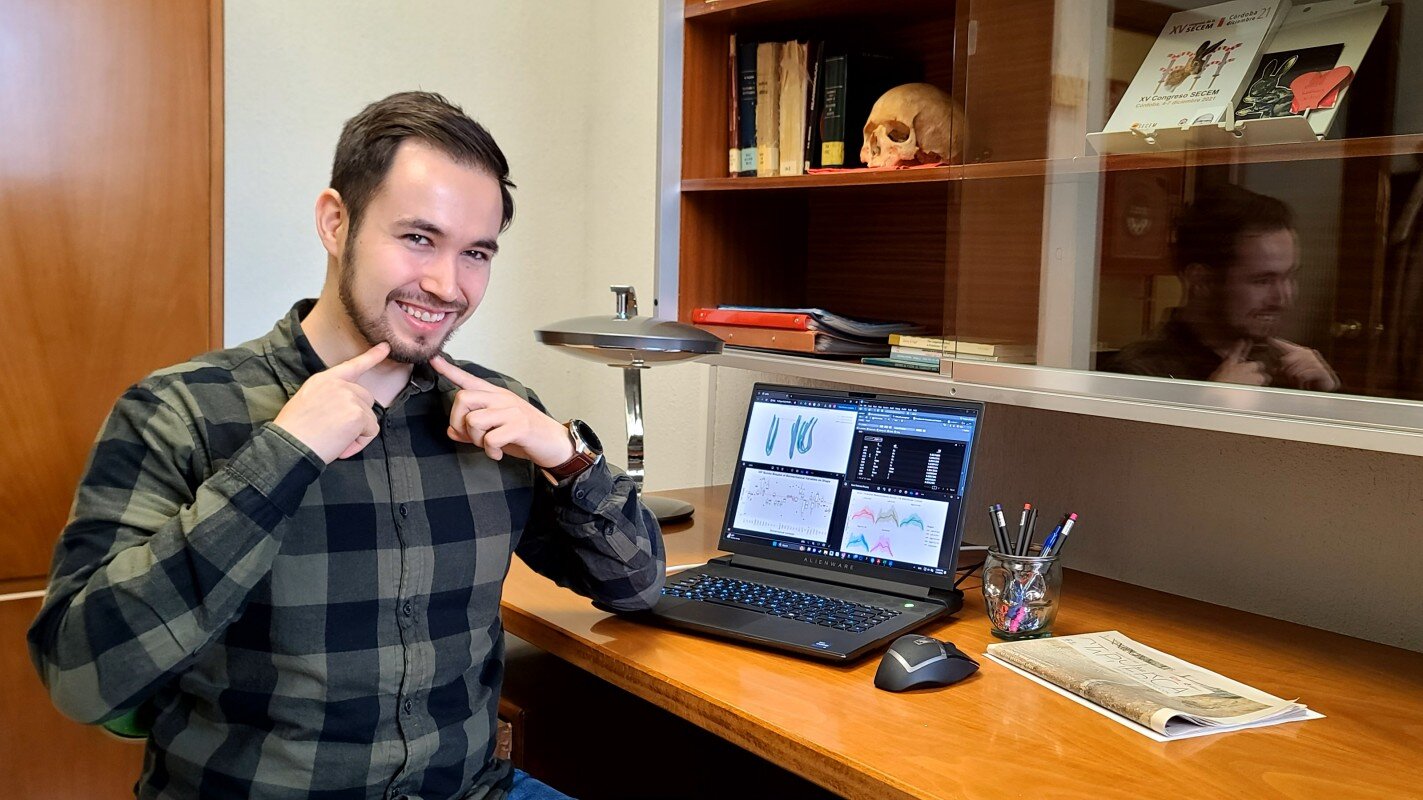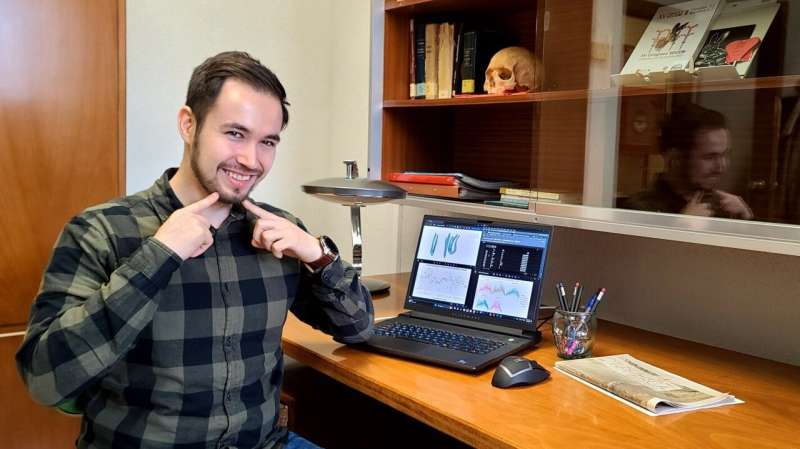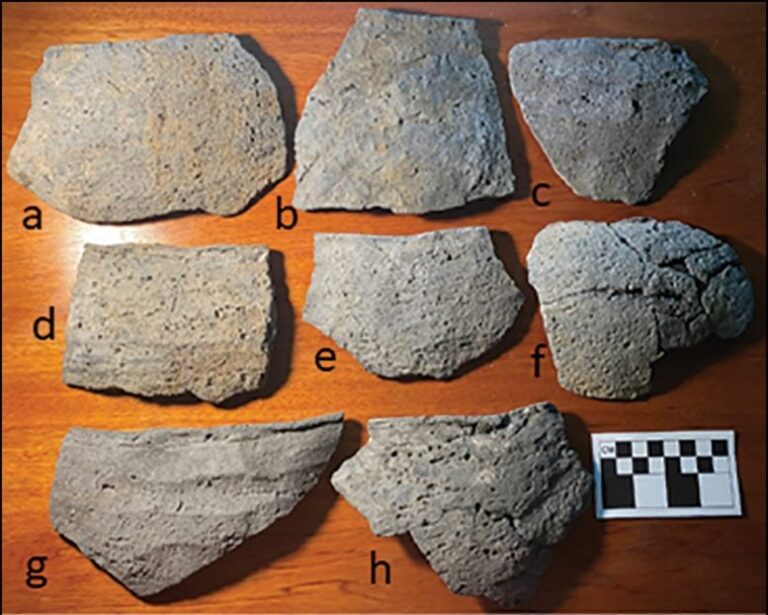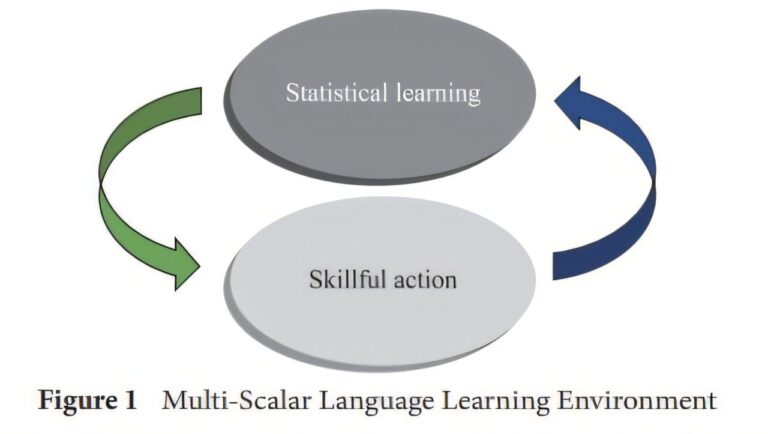

You probably don’t think much about your chin, except as a convenient place to rest your head while you stare at a computer screen. But consider this: It’s the most recognizably human thing about you.
We’re the only apes to have chins and the only humans in which the knob of bone sticks out so prominently below our mouths. Brian Keeling is determined to understand why.
A Fulbright award recipient, the Binghamton University doctoral candidate in anthropology is currently at the University of Alcalá in Spain, where he is researching the evolution of the human jaw. The Illinois native, who plans to spend an additional year conducting research in Spain, came to Binghamton to study with Professor Rolf Quam and earned his master’s in 2020.
“Why do some of us have a jaw with a prominent chin, while others have a less noticeable one? Why do modern human jaws tend to be smaller in size compared to prehistoric humans?” he mused. “Is there a biomechanical relationship that can explain our jaw shape today, and if so, what can this say about the jaw shapes of humans from the deep past?”
The appearance of the modern human chin is a longstanding question in evolutionary history, Quam noted.
“However, to date, no convincing theory as to why Homo sapiens developed a chin has been developed. Brian’s dissertation represents a new attempt to answer this old question in paleoanthropology,” he said.
Keeling is mainly comparing jaw shape and chin development in our own species with that of the Neandertals. Neandertal faces are different from our own: They had substantial brow ridges, a protruding mid-face, and a jaw without a bony chin. The bony attachment points of our chewing muscles are also positioned a bit differently than those of the Neandertals.
“We have a lot of variation in our faces, which is one reason why each of us is unique,” Keeling said. “However, if you were to put all of us together in a group, the difference between any one of us would still seem less than the difference between a Neandertal and one of us.”
Earlier species of human ancestors may have used their jaws differently, potentially contributing to their own unique shapes. One prominent hypothesis is that modern humans didn’t need heavy-duty jaws after they began to cook their food. It turns out, however, that other human species—including Neandertals—also cooked their food.
Keeling also plans to extend his study to earlier species than the Neandertals, including the Neandertal ancestors, discovered in northern Spain’s Sierra de Atapuerca complex of cave sites.
Modern humans tend to have smaller teeth and jaws, which may partially have fostered chin development.
“However, if the chin was only a matter of size, why do humans of all sizes today express a wide variety of chin shapes?” Keeling pondered.
Compared to other primate species, human faces are retracted inward, creating our bony foreheads; does this same development result in a chin, or does the chin serve a biomechanical purpose?
Interestingly, researchers are discovering that many Neandertal individuals appear to have also experienced temporomandibular joint (TMJ) disease, a growing global concern in humans today. Were they using their jaws in particular ways that contributed to this, such as cultural practices involving object manipulation in the mouth? Keeling is intrigued.
“Maybe through studying the jaw, we can recover insights into Neandertal life histories that were lost with time,” he said. “And our stories as well, because our species probably has more than a 300,000-year history, and we seem to remember only so much about it.”
Provided by
Binghamton University
Citation:
Research explores the development of our most human attribute: The chin (2024, March 8)
retrieved 8 March 2024
from https://phys.org/news/2024-03-explores-human-attribute-chin.html
This document is subject to copyright. Apart from any fair dealing for the purpose of private study or research, no
part may be reproduced without the written permission. The content is provided for information purposes only.




